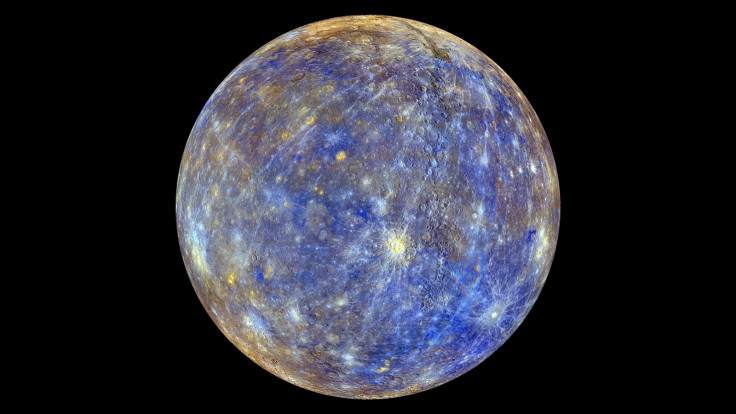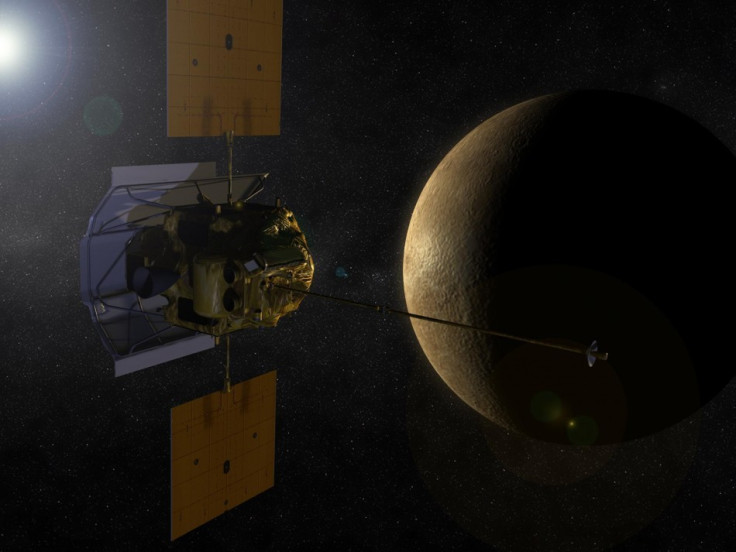Nasa's Messenger: Where to watch the spacecraft crash into the planet Mercury online

Nasa's Messenger spacecraft – which has orbited and studied the planet Mercury since 2011 – will end its mission as it runs out of fuel and crashes into the planet on 30 April.
The robotic spacecraft was launched onboard a Delta II rocket in August 2004, to study Mercury's chemical composition, geology and magnetic field.
Calculations indicate that on Thursday, the force of the sun's gravity will finally pull Messenger to the surface of the planet at a rate of 8,720 mph. Although the spectacular event will not be visible in real time from Earth – as it will occur on the side of Mercury facing away from our planet – the Slooh Community Observatory will be covering the crash for a live show.
What is Messenger and what has it achieved?
The MErcury Surface, Space ENvironment, GEochemistry, and Ranging spacecraft settled into a highly elliptical orbit around Mercury in March 2011. It has orbited Mercury more than 4,000 times over the past four years, mapping and imaging the inner planet, while probing its magnetic field and gravity.
The craft has picked up more than 250,000 images, as well as other pieces of data. In 2011, a portrait of the Solar System was published on the Messenger website – a mosaic that contained 34 images acquired by the MDIS (Mercury Dual Imaging System) instrument during November 2010.

During its mission, Messenger has discovered a surprising amount of water in Mercury's exosphere. It has discovered carbon-containing organic compounds and water ice inside permanently shadowed craters near the north pole, as well as evidence for past volcanic activity and the possibility that Mercury has a liquid-iron core. Late in 2014, scientists also suggested Messenger discovered signs of an annual meteor shower on Mercury.
Why will it crash?
Messenger operates so close to the Sun, so its orbit has slowly degraded as the Sun pulls it closer to the surface of the planet. Early in April, Messenger's orbit began to decay more quickly as the craft ran out of hydrazine fuel.
According to engineers, the craft will maintain orbit as long as possible using the gas that remains in the fuel tanks. In the past month, it has been orbiting between 6km and 39km above the surface of the planet – collecting more scientific data on Mercury's exosphere and gravitational field.
© Copyright IBTimes 2025. All rights reserved.






















